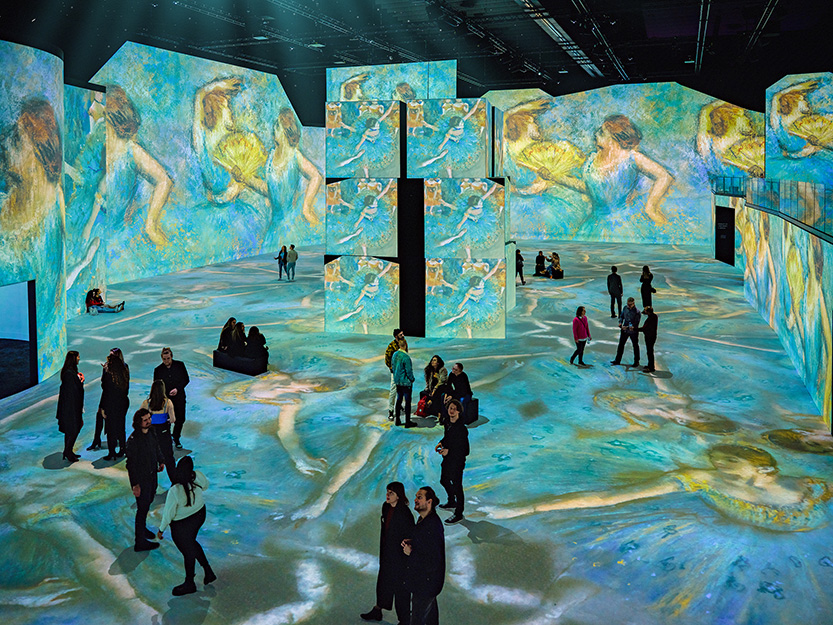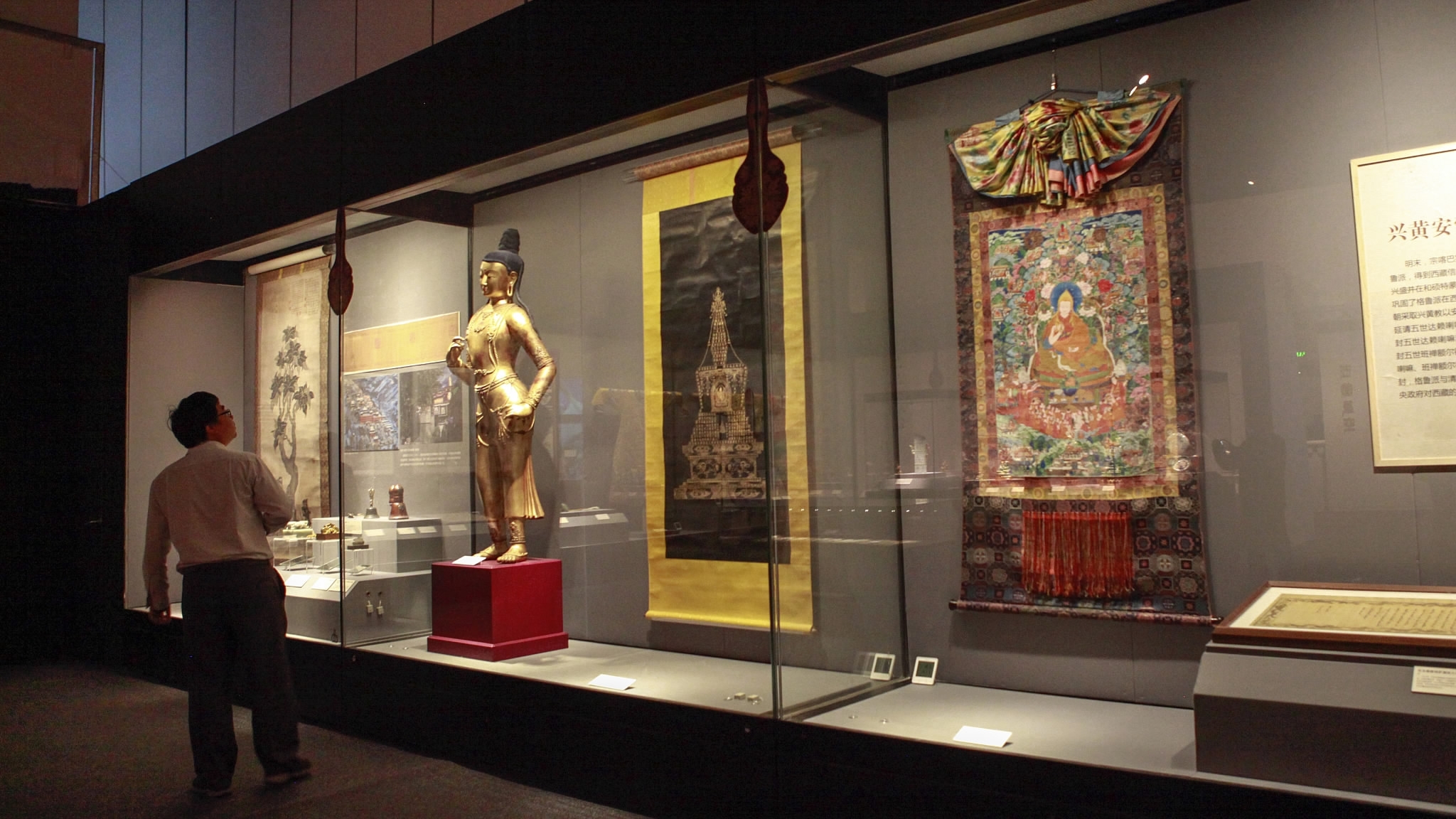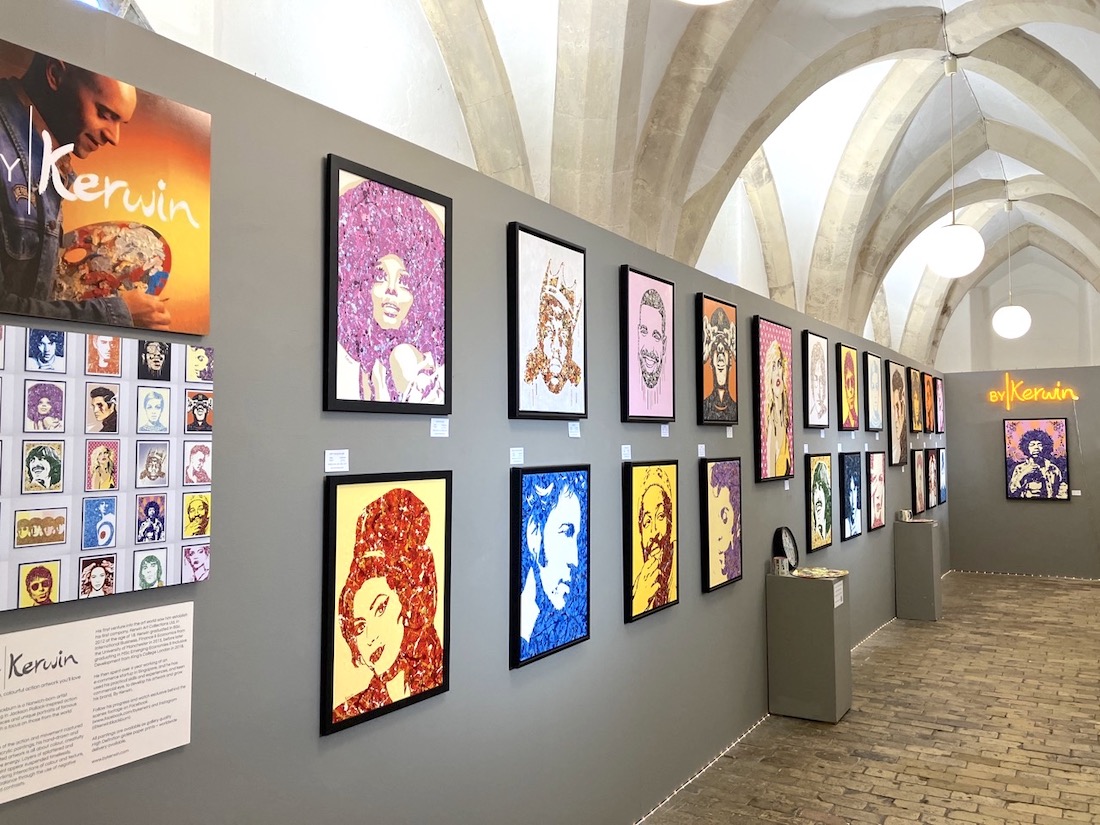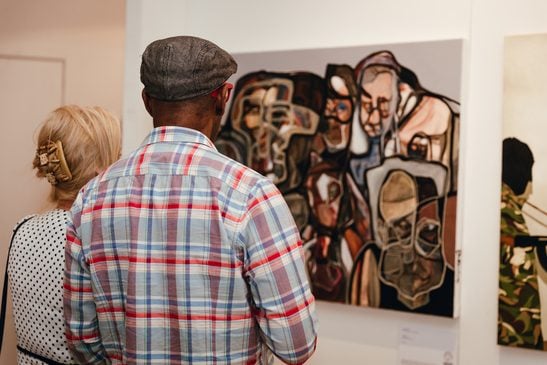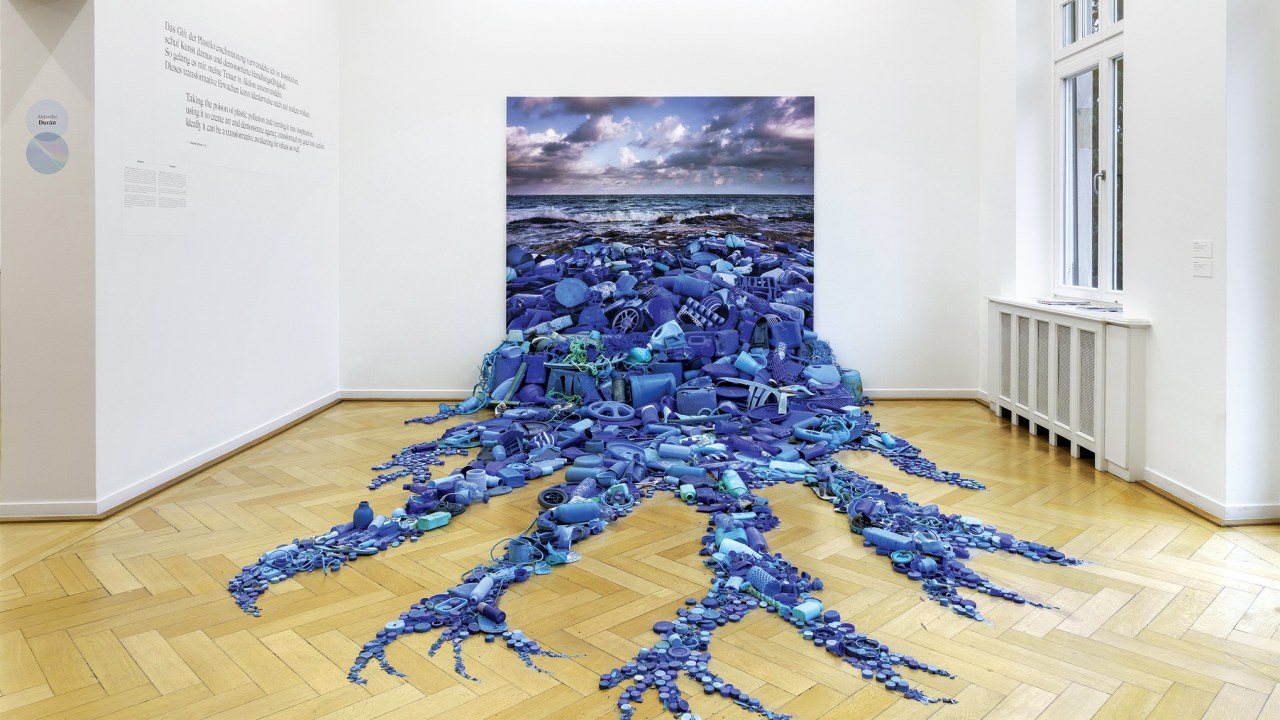Introduction
Art is a mirror on the issues and concerns of the day, held up on canvas, in metal or on film. Historically, our paintings have resided in galleries, a sanctuary housing these expressions, a place of contemplation and realization. More recently, a new trend has been growing, making the traditional gallery visit into being an interactive experience. Immersive art shows are changing the way we experience creativity, and coming up with an experience that we would marvel at that fuses technology and creativity.
The Rise of Immersive Art
Immersive art “shows” have become increasingly popular as a new way to experience art. Unlike exhibits that are only static images, these exhibits allow you to literally step inside the artwork and explore all around! This method generates an intimate relationship that enables people to look at art in a completely different way.
Such shows usually include technology virtual reality, projections, interactive installations which is true of House Party too. In this way, they erase the distinction between observer and participant, drawing visitors into the heart of the artwork. This fresh approach has garnered a broad public, from art lovers to passersby.
Engaging the Senses
Engaging the senses is a crucial component of immersive art. Regular galleries are primarily visual based, but immersive exhibitions engage more of the senses. Soundscapes, lighting techniques and textural devices are frequently utilized to emotionally intensify the work.
For example, simply walking through a space filled with projections swirling around, and with background music to go, can instill a sense of wonder. This sensory level of interaction leads to a more emotional connection with the art, which is more likely to leave a lasting impression. Viewers walk away having encountered an experience that sticks with them after the exhibit has left town.
Bridging Art and Technology
Tech is at the heart of crafting immersive art environments. There are artists and curators who are using new tools in ways that they want them to be used. Virtual reality goggles take visitors to another world, while augmented reality adds digital elements to the physical world.
These technologies make it possible for artists to play with new ways of expressing ideas. Channeling art and tech does more than offer an in-person enhancement, it takes creativity to new heights. By using such tools, artists can reach new and wider audiences and express their art in interesting new ways.
Accessibility and Inclusivity
Immersive art shows are supposed to be less intimidating than traditional galleries. They cater to a broader audience by creating interactive and immersive experiences. Families, millennials, people who don’t know much about art they’re all flocking to these shows.
Plus, many of these immersive experiences spotlight inclusivity in thinking about the needs of different groups. With guided recordings, hands-on presentations, and wheelchair accessibility, all individuals can experience the art. Such a focus on inclusiveness allows a greater number of people to find artistic expression.
The Impact on Traditional Galleries
The voracity for immersive exhibitions is making its mark on the art world, and the way traditional galleries function. Some are beginning to put interactive features in their spaces. The change is part of a broader move toward accommodating the evolving expectations of visitors.
Traditional galleries can draw in new audiences and keep the old by incorporating immersive experiences. That transformation is to keep galleries modern and beacons of light in our culture. When mixed right, a traditional design with immersive elements can complement each other and strengthen the visitor experience.
Challenges and Considerations
Immersive art exhibitions seem like the wave of the future but also a lot. The technology is costly to invest and to maintain. From time to time technical glitches will get in the way of the experience and dilute the art.
Also, that emphasis on interactivity may displace the work’s initial purpose. Artists and curators need to find the right balance of engagement vs. artistic achievement. To make it work, “the art has to take center stage.”
Conclusion
Immersive art shows are changing the way people experience creativity. They create multisensory experiences that fuse technology and art to entertain an eclectic array of patrons. Amidst this shift, the art community seeks new ways to find connections and voice in the art world while it’s traditional galleries are trying to keep up.
A history of the changing experience of the museum gallery demonstrates the lasting ability of art to change lives. Through immersive displays, art in no longer only visual; It is now an experience that encourages people to descend into, in and around, discover and reflect. This moves art into a broader context and continues to weave the art throughout the social fabric.
